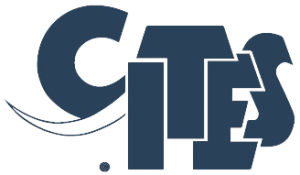2.2 How CITES Operates
How CITES Operates
The pyramid below outlines how CITES operates.
Rollover the different levels of the pyramid and the associated boxes to find out more information.

- WCO:
- World Customs Organization
- INTERPOL:
- International Criminal Police Organization
- IUCN:
- International Union for Conservation of Nature
- TRAFFIC:
- Wildlife Trade Monitoring Program of WWF and IUCN
- UNEP-WCMC:
- United Nations Environment Programme - World Conservation Monitoring Centre
There are three permanent Committees:
- the Standing Committee provides policy guidance to the Secretariat concerning the implementation of the Convention and oversees the management of the budget;
- the Animals Committee deals with animal related issues;
- the Plants Committee deals with plants related issues;
CITES is generally enforced through a partnership between the CITES Management Authority and Customs.
Although different agencies assist customs officers in many countries, one thing remains the same throughout the world: Customs and other front-line officers play a primary role in regulating the trade of CITES-protected species!
Each Party to the Convention designates:
- one or more Management Authorities, which are in charge of administering the permit system; and
- one or more Scientific Authorities, which advise on the effects of trade on the species.
The CITES Secretariat is located in Geneva, Switzerland.
It provides advice on the practical implementation of the Convention, organizes meetings, provides reference material, and technical assistance.
It also acts as a central registry of information, assists with communication, and monitors the implementation of the Convention.
All the Parties together are called the 'Conference of the Parties', and representatives of all Parties meet every three years.
At this meeting, the Parties review and modify the list of protected species and discuss any other issues affecting the Convention, such as implementation problems.
